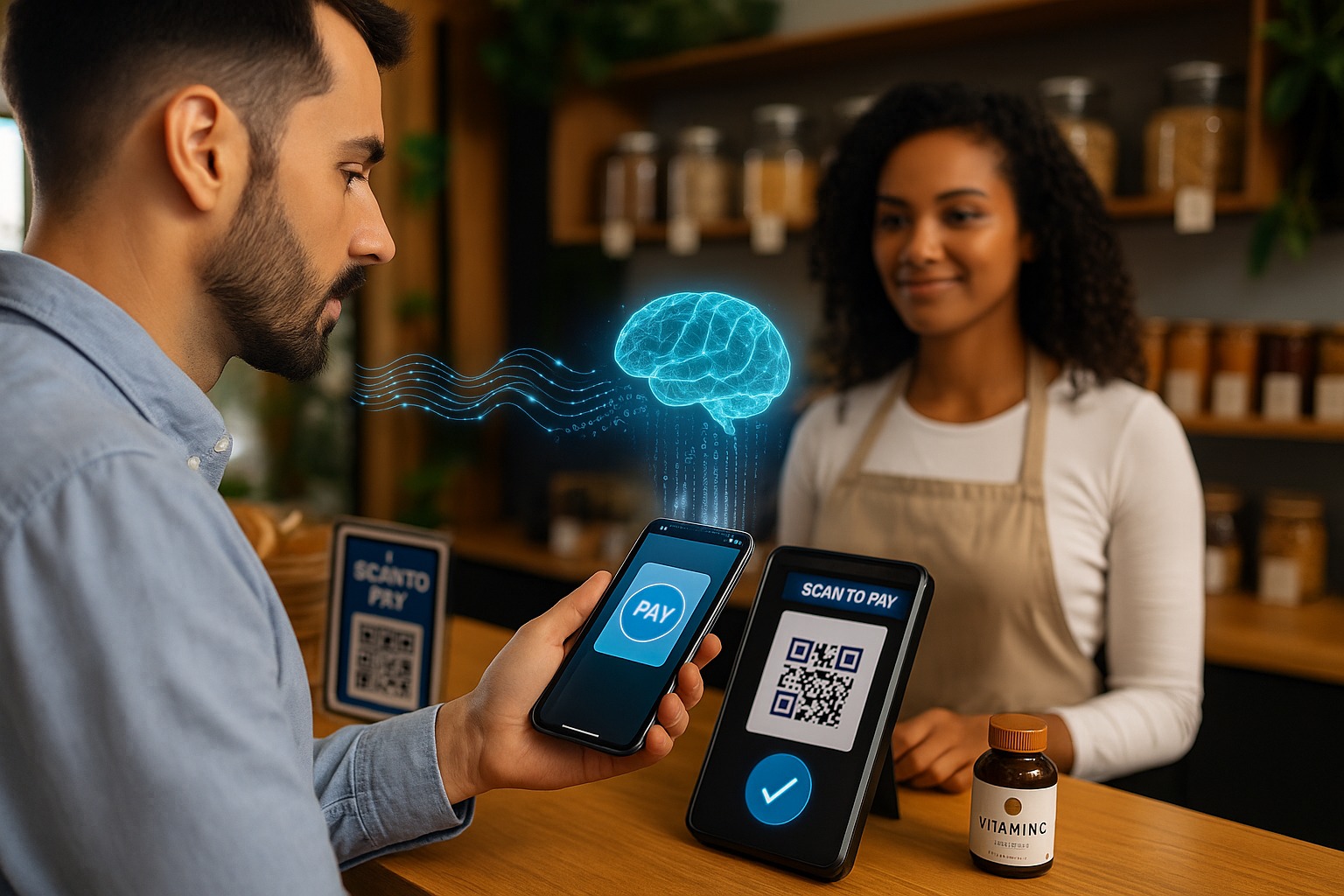What is a digital wallet’s most valuable asset?
The immediate answers are often the technology stack, the number of users, or the size of the merchant
network. While those are vital, they are not the core asset. The single most valuable, most fragile, and
most fiercely contested asset a digital wallet possesses is user trust.
A user trusts your platform to hold their money, protect their data, and execute their transactions
flawlessly. This trust is earned over thousands of successful, seamless interactions. But it can be
shattered in a single moment.
Today, the biggest threat to that trust may not come from an orchestrated cyberattack or a system
failure. It comes from a much quieter, more insidious vulnerability: the slow, creeping failure of the
very communication channels we rely on to keep users safe.
The Devaluation of the Digital Nudge
Think about your own phone's SMS inbox. It was once a place for important, personal messages. Now, it's a
relentless battle for attention. For every one message from a friend or a critical bank alert, there are
a dozen others shouting about flash sales, loan offers, and data pack discounts.
This is the reality of channel dilution.
We have trained our users to be numb. The constant barrage of promotional content has devalued the SMS
channel to the point where even critical alerts are met with skepticism or are simply ignored. A user
sees a notification banner, their brain categorizes it as "probably spam," and they swipe it away
without a second thought.
This creates a paradox: as wallets, they are legally and ethically obligated to notify users of critical
account activity. But what is the value of a "delivered" notification if it is never truly received or
understood by the user?
When ‘Delivered’ Doesn’t Mean ‘Heard’
This communication gap is more than an inconvenience; it's a gaping security hole that bad actors are
eager to exploit. They thrive on user apathy, knowing that a well-crafted phishing SMS might just slip
through a user's weakened defenses.
Consider these high-stakes scenarios where a silent, unread alert can lead to disaster:
The High-Value Transfer:
A user initiates a large transfer. Is it genuine, or is their phone in the hands of someone else? An
SMS OTP provides one layer of security, but what if an additional, unmistakable confirmation was
needed to prevent a catastrophic mistake?
The Critical Deadline:
A user's account is approaching a mandatory KYC verification deadline, after which it will be
temporarily frozen as per NRB regulations. The in app reminders or SMS reminders sent over the last
few weeks have been ignored. When their account is locked, the user doesn't feel they were warned;
they feel punished. Their trust is broken.
In each case, the existing channels are passive. They place the entire burden of vigilance on a
distracted, message-fatigued user.
Reclaiming Trust with an Unmistakable Signal
To fortify trust, we must escalate our communication for events that are truly critical. We need a channel that is impossible to ignore and immediately conveys importance. We need to reclaim the power of a direct voice.
Imagine a new tier of security alerts, reserved only for moments that absolutely demand a user's attention:
nstead of just an SMS, a suspicious login triggers an immediate, automated voice call. A clear, calm voice says: "नमस्ते [name] जी। यो [wallet name] बाट आएको सुरक्षा अलर्ट हो। हामीले भर्खरै पोखरामा नयाँ उपकरणबाट तपाईंको खातामा लगइन भएको पत्ता लगाएका छौं। यदि यो तपाईं होइन भने, कृपया हाम्रो सुरक्षा टिमसँग कुरा गर्न तुरुन्तै १ थिच्नुहोस्।"
For a high-value transfer, an extra layer of verification: "नमस्ते [name] जी। [Recipient Name] लाई ५,००,००० रुपैयाँ पठाउने अनुरोध तपाईंको [Wallet Name] एपमा स्वीकृतिको लागि पठाइएको छ। कृपया एप खोली कारोबार पुष्टि गर्नुहोस्। तपाईंको सुरक्षाको लागि, यो अनुरोध पाँच मिनेटमा निष्क्रिय हुनेछ।"




